Technical conditions of electric vehicle charging pile
As an energy supply station for electric vehicle operation, electric vehicle charging piles are an important supporting infrastructure necessary for the commercialization of electric vehicles. The installation, commissioning, operation and maintenance of electric vehicle charging facilities are an important part of promoting and supporting the development of electric vehicles. Electric vehicles and their charging facilities are in a relationship of "development" and "guarantee". In order to build charging facilities, we must first understand the technical conditions for electric vehicle charging.
Technical conditions of electric vehicle charging pile
When the charging pile is not connected to the power battery, the charging pile is automatically initialized to the conventional control charging mode after self-test (selection of manual, IC card or charging pile monitoring system operation mode). When the charging pile is operated manually, it should have clear operating guidance information.
After the connection between the charging pile and the power battery is established, the charging information of the power battery is obtained through communication, and it is automatically initialized as the automatic control charging mode of the power battery.
The requirements of the electric vehicle charging pile for the power supply voltage are as follows.
a. The input rated line voltage of the DC charging pile is three-phase alternating current of 380V ± 38V and 50Hz ± 1Hz.
b. For AC charging piles with a capacity less than (equal to) 5kW, input single-phase AC power with a rated voltage of 220V ± 22V and 50Hz ± 1Hz.
c. For AC charging piles with a capacity greater than 5kW, input three-phase AC power with a rated line voltage of 380V ± 38V and 50Hz ± 1Hz.
d. When the output voltage of the AC input isolated AC / DC charging pile is 50% ~ 100% of the rated voltage, and the output current is the rated current, the power factor should be greater than 0.85, and the efficiency should be greater than or equal to 90%.
④ The interface and communication requirements for electric vehicle charging piles are as follows.
a. Charging pile interface. The connection between the charging pile and the electric vehicle should include the following parts: high-voltage charging lines, charging control guide lines, charging control power lines, charging monitoring communication connection lines, and ground protection lines. At the same time, the charging pile should reserve the communication interface connected with the charging station monitoring system. 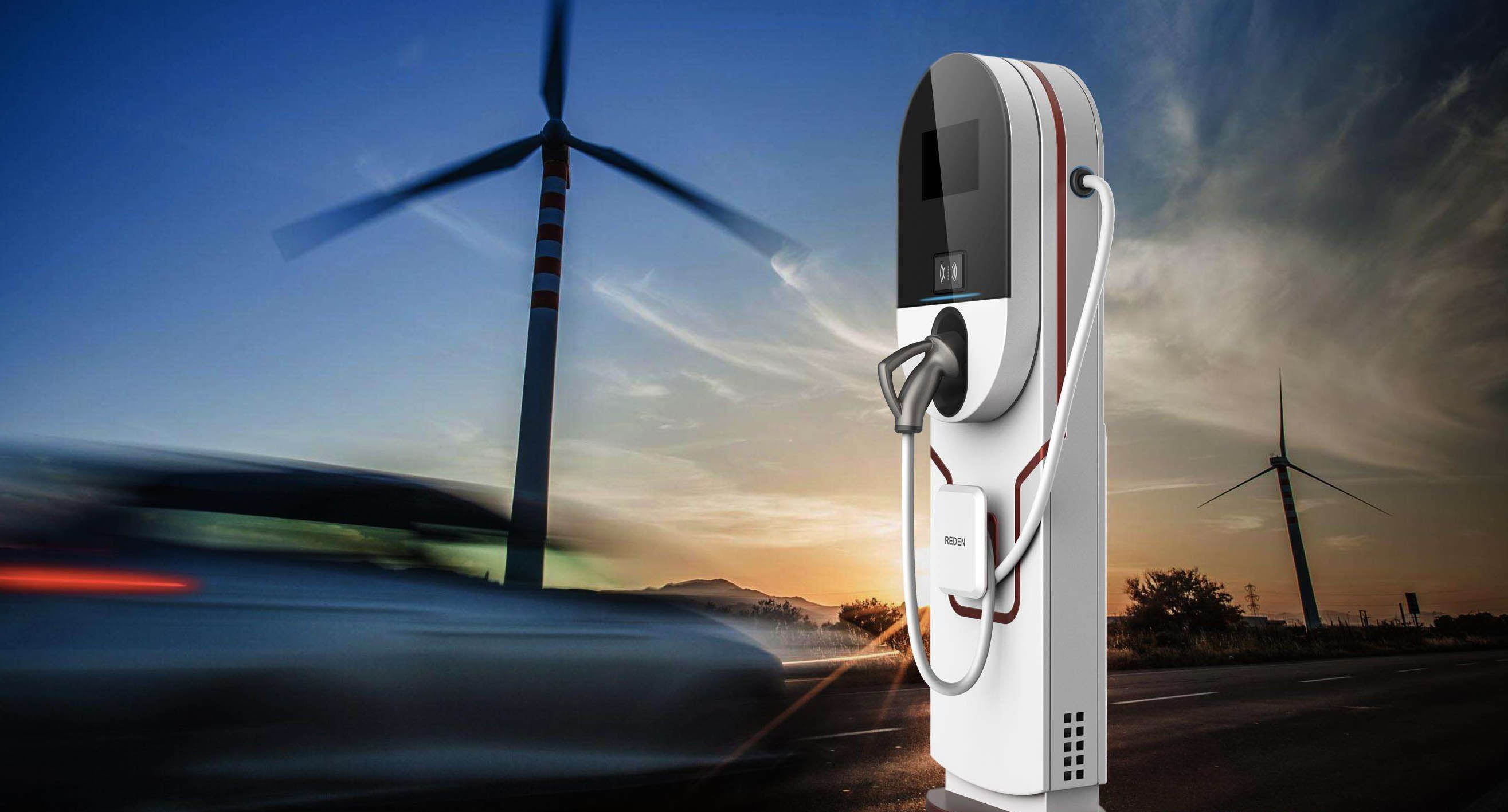
Charging Pile
b. Charging pile communication requirements. It is recommended to use CAN bus and CAN2.0 protocol as the communication bus and communication protocol of the charging station. The communication content includes relevant technical parameters of power battery cells, modules and assemblies, battery state parameters during charging, working conditions parameters of charging piles, and basic information of the vehicle.
Electric vehicle charging piles can be used to charge different types of electric vehicles produced by different manufacturers. In the intelligent charging network system, as a "transit station" for the transmission of electrical energy from the grid to electric vehicles, the electric vehicle charging piles should have the following functions.
① Indication function. Including indicating the power source energy, charging status, charging status and other abnormal conditions such as output overvoltage and undervoltage, abnormal temperature, main circuit breaker disconnection.
② Record function. Record the input electric energy, the amount of one charge and the cumulative daily amount, the temperature (power source temperature during charging, charger temperature, ambient temperature), output overvoltage and undervoltage, and temperature abnormalities (including power source and charger).
③ Automatic billing function. The charging station can use the IC card charging operation, which can automatically charge and display, print the charging result or directly settle with the IC card.
④ Monitoring function. Monitor the temperature and other parameters of the power source.
⑤ Fault protection and alarm function. Automatically protects the input power supply from over-voltage, phase loss, over-current, over-heating, short-circuit, open-circuit, reverse polarity, over-temperature and other sound and light alarm signals; with protection data, current, voltage, time when power is off And other parameters do not exceed the set range and software failure notification and other safety measures. Requirements for charging technology in the development of electric vehicles
Although the construction of electric vehicle facilities is affected differently, their construction methods and construction requirements need to be determined according to actual conditions, but with the gradual promotion and industrialization of electric vehicles and the increasing development of electric vehicle technology, the technical requirements of electric vehicles on charging piles Shows a consistent trend, requiring the charging pile as close to the following targets as possible.
(1) High security
The main factor that affects the safety of electric vehicles is the charging process of the battery. The inconsistency of the technical status of the battery is one of the basic characteristics common to all types of batteries, mainly in the capacity error, internal resistance error, and voltage error of the battery. The consistency error of a few batteries is not obvious, but the capacity error, internal resistance error, and voltage error of an electric vehicle battery pack composed of dozens or even hundreds of battery cells will become prominent. In the process of charging an electric vehicle, it is not possible to charge the battery cells in sequence, but to charge the entire battery pack. During the charging process, due to the internal resistance error, the voltage across the battery cells in the entire battery pack forms an error. The larger the internal resistance error, the more obvious the voltage error formed. Although the charging voltage across the entire battery pack will not exceed the rated voltage, the voltage across the individual battery cells may exceed its rated voltage, which may easily lead to uneven charging of the battery pack and uneven charging of the battery cells. . If the voltage error of the battery is too large, it may exceed the safety capacity of the battery charging, causing the battery to overheat and causing an accident. Therefore, the charging device used for electric vehicles must be provided with technical measures to prevent the battery system unit voltage and temperature from exceeding the allowable values in order to improve the safety of the electric vehicle charging process.
(2) Fast charging
Compared to nickel-metal hydride and lithium-ion batteries with good development prospects, traditional lead-acid batteries have the advantages of mature technology, low cost, large capacity, and good output following load characteristics, but they also have low specific energy and continuous driving mileage on a single charge. Short question. Therefore, under the circumstances that the current power battery cannot directly provide more driving range, if the battery charging can be accelerated, the fatal weakness of the short driving range of the electric vehicle will be solved in a sense.
(3) Universal charging
For a long time, batteries for electric vehicles will still coexist with multiple types of batteries. The battery capacity of various types of electric vehicles will be different, and the voltage will vary. In the context of the coexistence of multiple types of batteries and multiple voltage levels, the charging device used in public places must have the ability to adapt to multiple types of battery systems and to adapt to various voltage levels, that is, the charging system needs to have a wide range of charging and multiple The charging control algorithms of various types of batteries can match the charging characteristics with different battery systems on various types of electric vehicles, and can charge different batteries. At present, the charging control algorithm of the electric vehicle charging device and the battery is mainly completed by the docking protocol of the two systems. In order to charge different electric vehicles, the charging device used for the electric vehicle must be able to adapt to the various needs of the electric vehicle. Therefore, in the early stage of commercialization of electric vehicles, relevant policies and measures should be formulated to regulate charging interfaces, charging specifications and interface protocols for charging devices used in public places and electric vehicles.
Intelligent charging
One of the most critical issues restricting the development and popularization of electric vehicles is the performance and application level of energy storage batteries. The goal of optimizing the intelligent charging method of batteries is to achieve non-destructive charging of the battery, monitor the discharge state of the battery, and avoid overdischarge. The purpose of extending battery life and energy saving. The development of intelligent charging application technology is mainly reflected in the following aspects.
① Optimized, intelligent charging technology and charging pile.
② Calculation, guidance and intelligent management of battery power.
③ Automatic diagnosis and maintenance technology of battery failure.
(5) Efficient power conversion
The energy consumption index of electric vehicles is very important. Measuring the energy consumption index of commercialized electric vehicles is not only examining the energy consumption indicators of electric vehicle driving and other systems, but also paying more attention to the utilization rate of electric energy obtained from the grid by electric vehicles. The energy consumption index of electric vehicles is closely related to their operating energy costs. Reducing the operating energy consumption of electric vehicles is one of the key factors to promote the development of the electric vehicle industry. Therefore, improving the power conversion efficiency of charging devices and adopting high-efficiency charging devices are of great significance for reducing the energy consumption of electric vehicles. The main technical measures to improve the energy consumption efficiency of the charging device are to select an efficient converter circuit topology, improve the efficiency factor of the charging device, reduce the AC component of the output current as much as possible, and use an efficient charging control algorithm. For the charging pile from the perspective of electric energy conversion efficiency and construction cost, a charging device with many advantages such as high electric energy conversion efficiency and low construction cost should be preferentially selected.
(6) Integrated charging
In accordance with the requirements of miniaturization and multi-function of the subsystem, and the improvement of the reliability and stability requirements of the battery, the charging system will be integrated with the electric vehicle energy management system as a whole, integrating transmission transistors, current detection and reverse discharge protection, etc. Function, it can realize smaller and more integrated charging solution without external components, thus saving the layout space for the remaining parts of the electric vehicle, greatly reducing the system cost, and optimizing the charging effect and extending the battery life.
(7) Small impact on battery life
The batteries of electric vehicles account for a major part of the cost of electric vehicles. The batteries of most electric vehicles account for more than half of the total vehicle cost, and some even exceed 65% of the total vehicle cost. Therefore, the service life of the battery greatly affects the operating cost of electric vehicles, which is also one of the key factors restricting the development of electric vehicles. If the performance of the electric vehicle battery deteriorates early, the driving range of the electric vehicle will be greatly shortened, affecting normal use. If the battery life ends prematurely, it will need to be replaced for electric vehicles. Once the battery is replaced, it will cause a great burden for the operation of electric vehicles. The battery life is directly related to the performance of the charging device in addition to factors such as battery manufacturing technology, manufacturing process, and battery group consistency. Selecting a charging control strategy that does not harm the battery and a stable performance charging device is a reasonable way to ensure that the battery's service life reaches the design index and prevent premature damage to the battery. It is also one of the important technical measures to reduce operating costs.
(8) Simple operation
The electric vehicle charging system must be simple and convenient so that all users can operate independently. Because the electric vehicle is applied to the masses, although there are technical requirements and technical guidance documents, it is not guaranteed that the learning and comprehension ability of each user is at the same level, and it is not possible to add more people to charge the electric vehicle. service. If the operation of the charging system is cumbersome and complicated, it will inevitably require more high-quality technical personnel and increase management costs. Especially for public charging systems, the charging system must have intelligent operating characteristics to reduce the requirements on operators.
JYFT is a cable HDMI cable Factory, ethernet cable Factory, we provide good quality of Automobile high voltage cable, M23 Cable and plastic fiber cable. If you want to buy our product, please contact us.



 Related Products
Related Products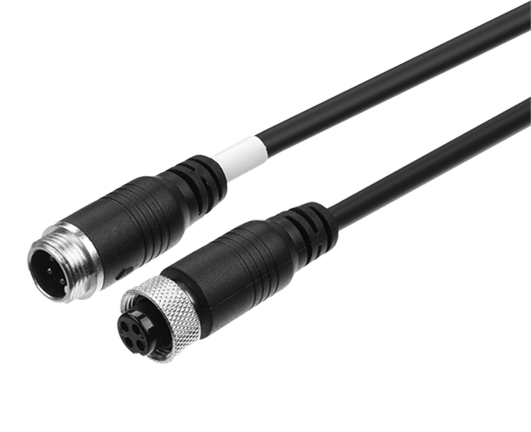
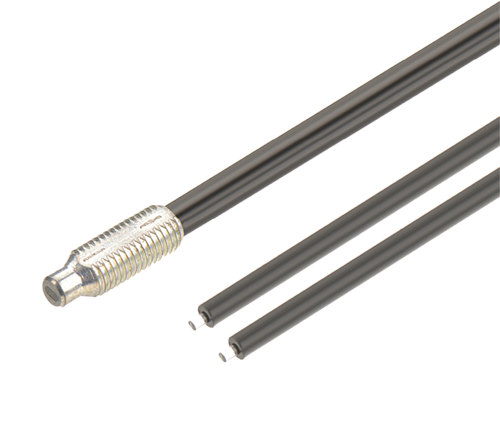
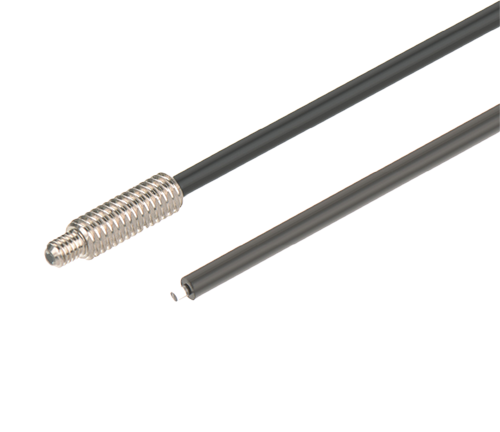
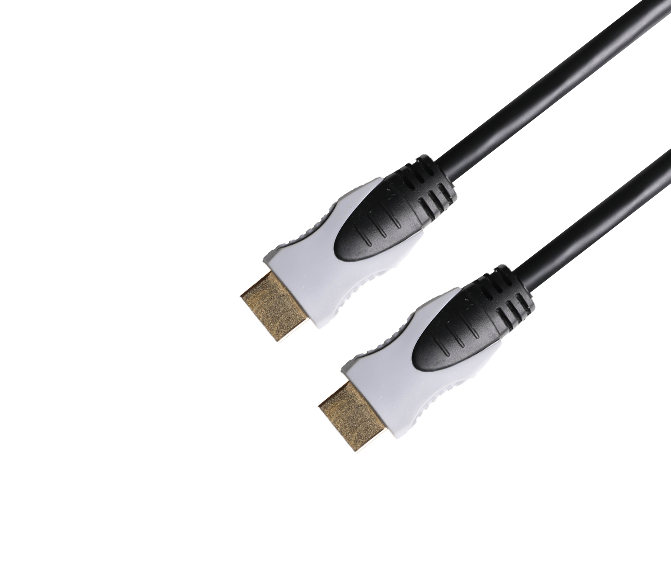














View More(Total0)Comment Lists